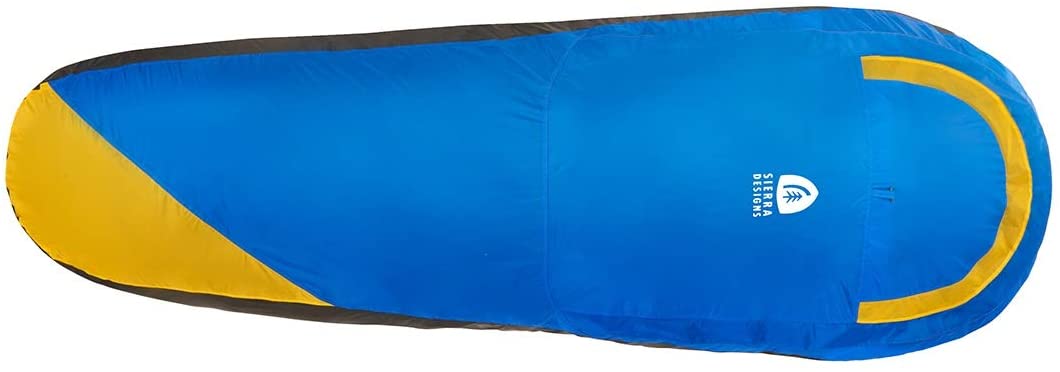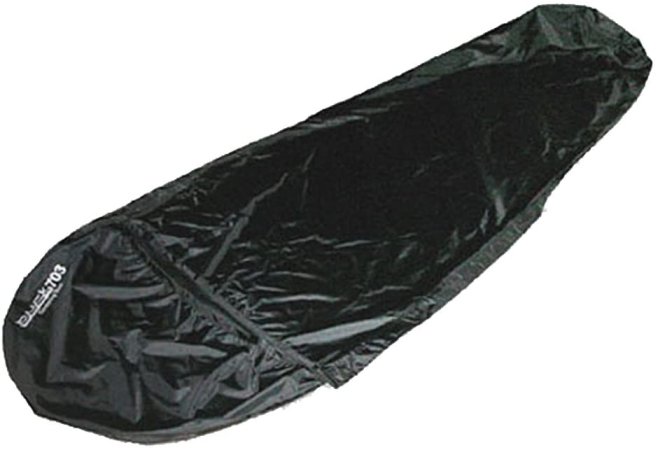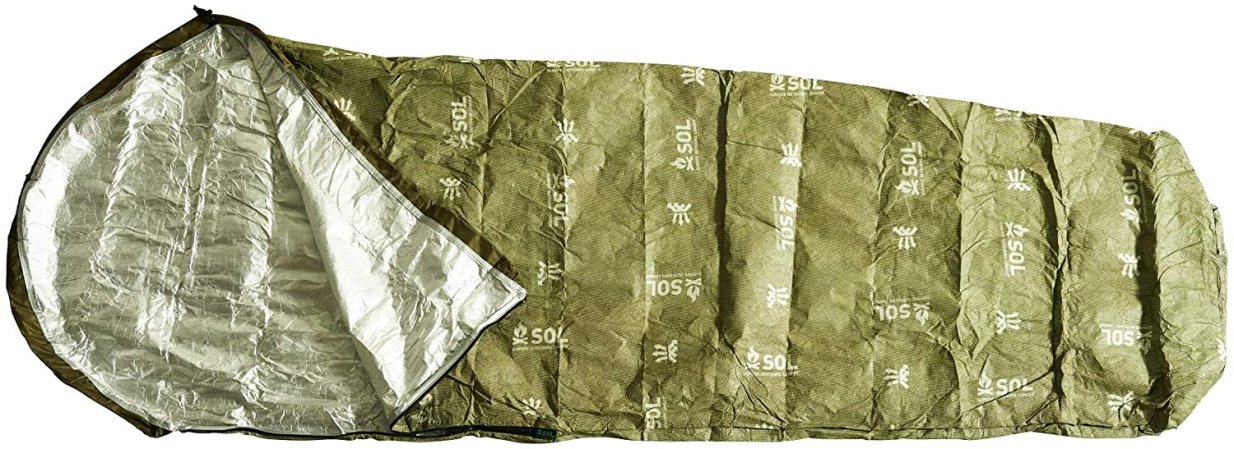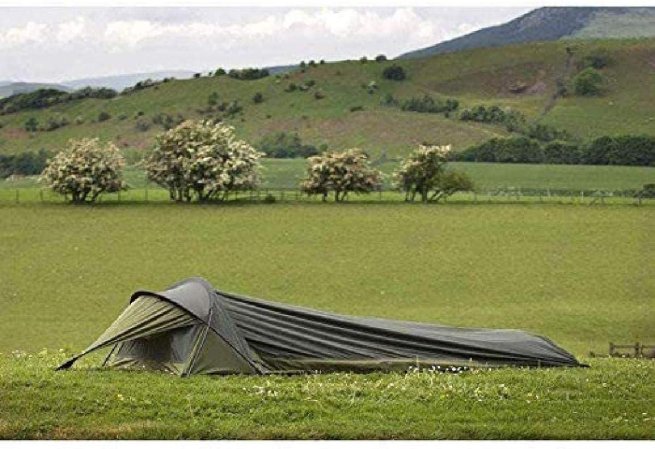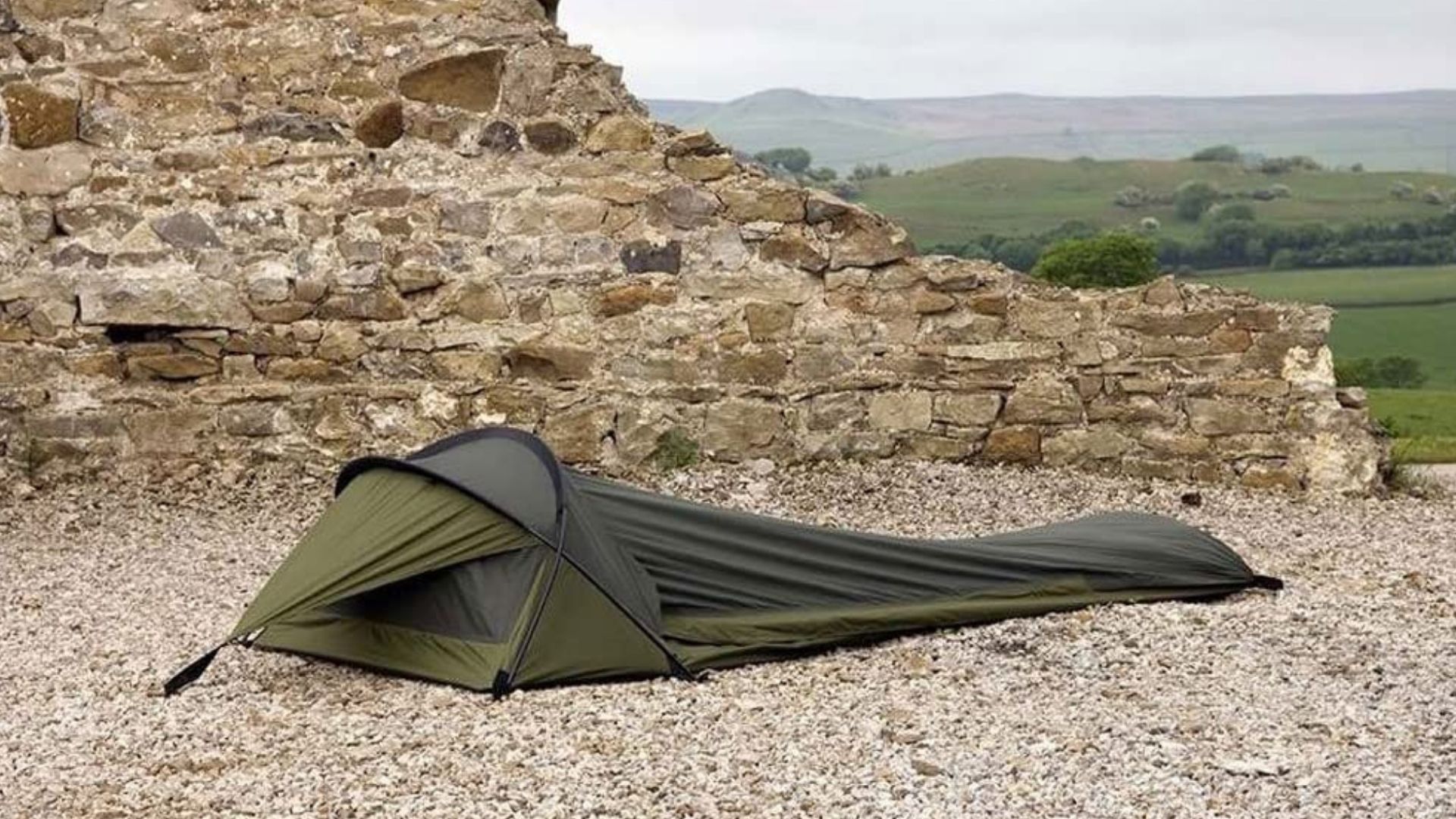

We may earn revenue from the products available on this page and participate in affiliate programs.
Sure, you put the days of field training behind you, but there was something about sleeping out under the stars in a bivy sack that never quite left you. Tents have their place, but that one-man tent suddenly looks a bit heavy for your minimalist outdoor adventure setup. You know the areas where you’ll be spending your time, and you want to move light and fast, something that tent just won’t allow. Ditch the tent, and go for the bivy sack instead. Not only will your pack be lighter and your sleeping bag warmer, but you can also now be a little bit closer to nature, closer to the land, and closer to your ancestors. Now, you can restock your bivy sack memories with something a bit more enjoyable than that of your sergeant’s face first thing in the morning.
Finding the best bivy sack can prove challenging. Luckily, we’ve narrowed down our picks to the best five.
Best Overall
Sierra Designs Backcountry Bivy
Best Value
BK Buck 703 Bivy Sack
Best Premium
Tennier Industries ACU Bivy Cover
Best Survival
SOL Escape Bivvy
Best Bivy
SnugPak Stratosphere Bivvi Shelter
Related: 7 ways to upgrade your campsite
Why should you trust us
As a compulsive researcher with a fascination with survival gear, I have spent countless hours of both paid and free time learning the ins and outs and the ups and downs of various types of backcountry and emergency gear. I have spent over 25 years in and around the Rocky Mountains where bad gear can cost lives, and I am always looking for upgrades and additions to my own gear. Some of my recent reviews for Task & Purpose and The Drive include bug out bags, pocket knives, and folding saws.
The most common types of bivy sacks
Bivy sack
Short for “bivouac sack”, a bivy sack is the lightest weather-resistant sleeping shelter available on the market. These sacks look similar to mummy sleeping bags, but their function and construction give them a unique role. These sacks provide outdoor sleepers with protection against precipitation and wind while taking up an incredibly small amount of space. Unlike tents and similar structures, bivy sacks can be deployed in no time and have just enough room for a sleeping pad, a sleeping bag, a sleeper, and little else. Their minimalist design makes them incredibly lightweight and an excellent way to connect with nature.
Bivy shelter
Bivy shelters exist as a sort of hybrid between a bivy sack and a one-man tent. Like bivy sacks, these shelters are lightweight, easy to set up, and an amazing way to sleep out under the stars. They use a one or two-pole setup to keep the shelter away from the sleepers face, but most of the shelter is constructed just like a bivy shelter with the possible exception of one or two stake loops. Most bivy shelters also include integrated bug netting for a peaceful night’s sleep. These shelters are heavier than bivy sacks yet are still trail friendly.
Features to look for in a bivy sack
Water resistance
Top-tier bivy sacks provide users with a reliable, waterproof barrier between them and any precipitation that may come their way. Some bivy sacks may lack full facial protection, thus requiring the use of a tarp. However, a quality bivy sack is sure to keep sleepers dry throughout the night, assuming a properly ventilated setup.
Breathability and ventilation
Eventually, every bivy sack will collect condensation when zipped closed, so sacks made with breathable materials and a smart zipper design can be literal lifesavers. Standard issue bivy sacks use Gore-Tex to help dehumidify their interiors without permitting water entry, while some commercial vendors use less expensive materials with varying degrees of success. A properly-designed zipper system will also allow users to ventilate their bag by unzipping it some without worrying about overnight water incursion.
Protection from the elements
In addition to resisting dihydrogen monoxide (ok, water), quality bivy sacks and shelters provide protection from cold, wind, and insects. Due to their small confines, bivy sacks retain heat well, improving any sleeping bag’s temperature rating by 10 to 20 degrees Fahrenheit, and their waterproof construction easily lends itself to a windproof sack. With hood drawstrings for extra heat retention and netting to keep insects out, a bivy can become an amazing outdoor sleeping choice.
Why do you need a bivy sack?
While many people tend to see bivy sacks as emergency equipment they hope never to use, the fact is that they have some distinct advantages over tents and other traditional camping shelters. Bivy sacks and shelters are lighter weight than even the smallest of single-person tents, making them incredibly handy for high-speed low-drag adventures in the backcountry. They require less space to set up and use which means you can now check “sleep on a cliff ledge” off your bucket list, and their minimalist nature allows you to better connect with nature.
OK, so maybe rock climbing isn’t your thing, but biking cross country requires minimal gear. Both bivy sacks and bivy shelters pack small enough and light enough to stash away into a pannier bag. Bivies require minimal effort to set up, and their compact nature also makes them a great addition to any survival kit or bug out bag. While they may take a little adjusting for new users, the benefits certainly do shine through.
Pricing ranges for bivy sacks
Bivy sacks can be an incredibly handy shelter to have on hand in the backcountry, in the back seat, or in your bug out bag. While they may be less expensive than a tent, they are more than just a glorified sleeping bag, so be prepared to pay accordingly. As a rule of thumb, bivy sacks under $75 fall into the emergency gear category, although some traditional options do exist minus some key features, such as breathability. Emergency bivy sacks consist of Mylar panels fused together into a single unit. They are far from the most breathable sacks you’ll encounter, and they lack many of the common essential features of a traditional bivy sack.
Quality bivy sacks and bivy shelters usually get tagged at $75 or more and often over $100. They are heavier than emergency Mylar designs but certainly won’t feel anything like a brick in your pack. These bivy sacks include the traditional features you’ve come to know and love and are much more comfortable than Mylar sacks.
How we chose our top picks
When reviewing new gear, we much prefer to go the hands-on route, but sometimes, a lack of resources may thwart our attempts to get our mitts on some cool gear. When that happens, we listen to those who have firsthand experience. We comb through online reviews on Amazon, enthusiast blogs, professional publications, and more to bring you the best, most comprehensive information we can. We sift through it all, keeping the gold and tossing the rest. For this review on bivy sacks, we especially appreciated input from GearLab, MSR Gear, ScoreSurvival, Trailspace, and REI.
Related: 9 of the best camping and survival hatchets money can buy
